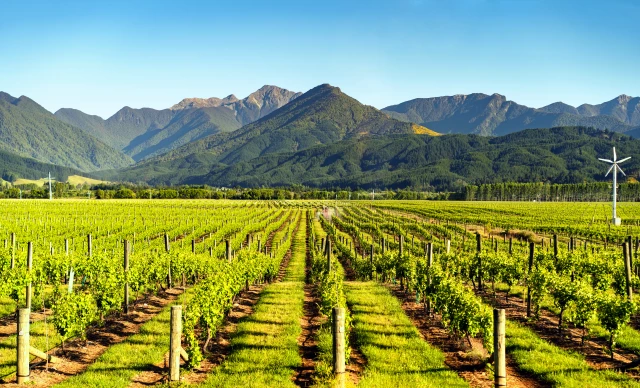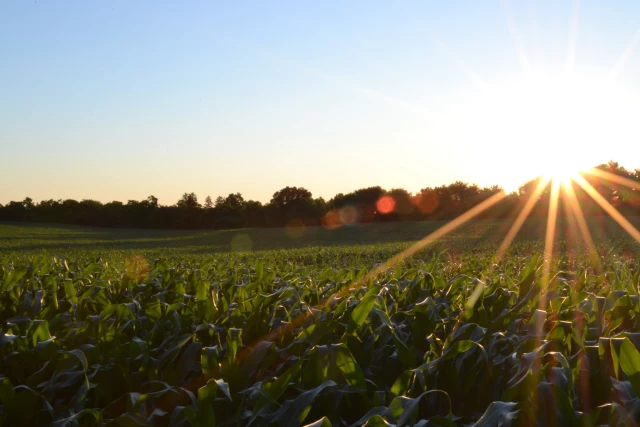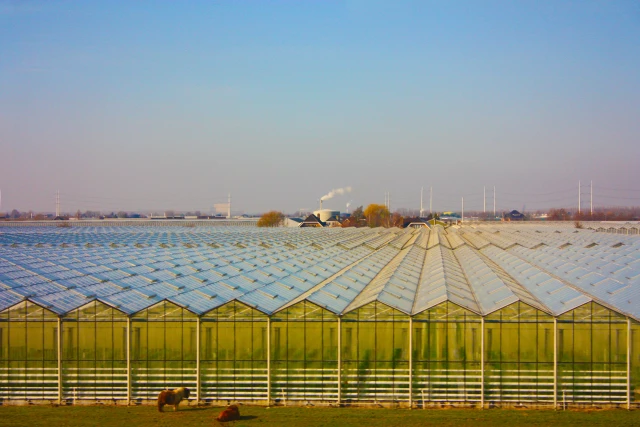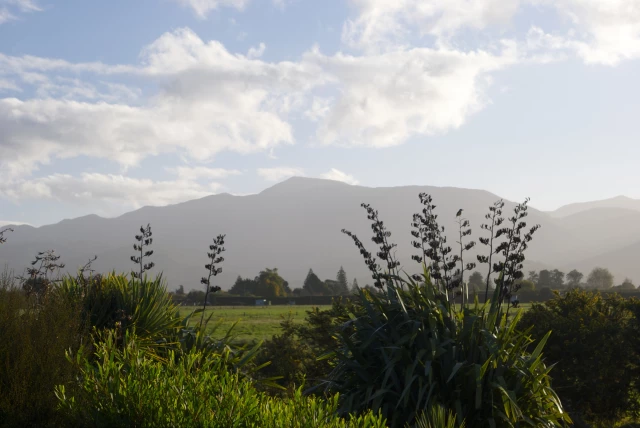Industry
Insights for industry about trends in economic performance indicators.
Muka Tangata is the Workforce Development Council (WDC) for People, Food and Fibre – we work on ways to enhance vocational education and training to meet industry needs. We represent 14 industries including: dairy; sheep, beef, deer, and wool; poultry, pigs, and other livestock farming; arable farming; vegetables and fruit growing; viticulture and winemaking; forestry; seafood; apiculture; equine, greyhounds and racing; veterinary; nursery, turf and gardening; and food and fibre support industries.
The food and fibre sector is an important part of Aotearoa New Zealand’s economy and comprises a significant portion of the workforce, with 12.4% of New Zealand’s workforce employed in food and fibre in the year ending March 2023 (Stats NZ, MPI), and 17% of the Muka Tangata industries workforce identifying as Māori in 2022 (Stats NZ, IDI).
Industries making up the sector have a long history in Aotearoa and have been particularly important in supporting and shaping rural communities. In the year to March 2023, food and fibre accounted for 10% of New Zealand’s GDP (Stats NZ, MPI) and is forecast to reach $56.9 billion in export revenue for the year ending June 2025 (MPI).
Though COVID-19 immigration restrictions and supply chain issues have been disruptive for the sector, exports have continued to perform strongly – in the year ending June 2024 food and fibre contributed 81.1% to national export trades (Stats NZ, MPI). Furthermore, there are a range of global and national trends and market shifts underway that will have significant impacts on the sector and the skills required by the workforce. For example, while 25 – 34 year olds were the largest age bracket within Muka Tangata industries workforce in 2022 (Stats NZ IDI), this varies greatly across industries, with some employers struggling with an aging workforce – over 40% of the Sheep, Beef, Deer and Wool workforce are 55+ years old.
While our remit focusses primarily on production workforces (except for seafood processing and some support services), understanding the entire food and fibre sector provides valuable context and will help us to understand vocational pathways across the sector.
This section provides information about the workforce, industry and Vocational Education and Training (VET) provision and performance. It shows data and research focused on key aspects of industry groups and learners. Each tile will lead you to an interactive dashboard where you can explore this data in more detail at the whole sector level and by industry grouping.
This section is where you will find additional information and resources related to the sector or specific industries. This includes additional research and publications that delve into the data in more detail, as well as sector related news.



